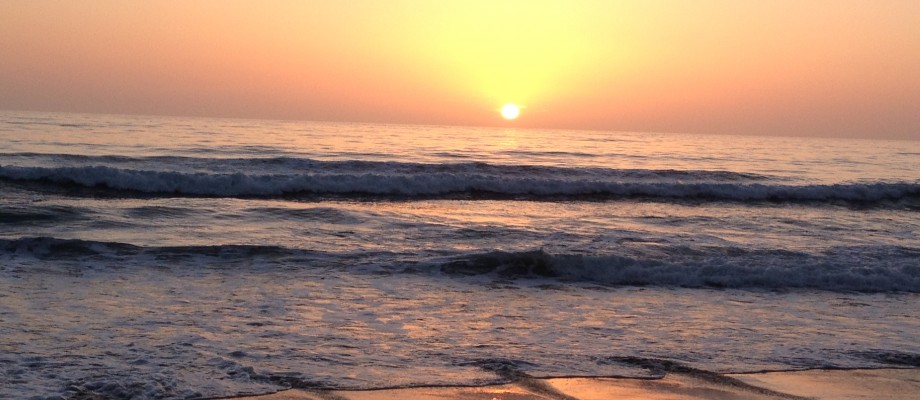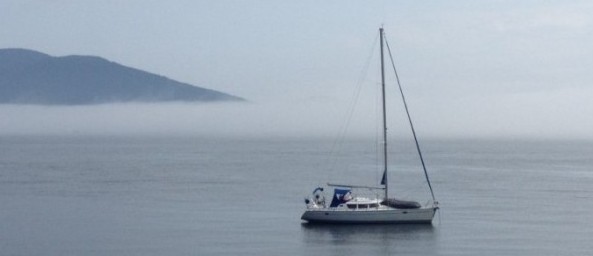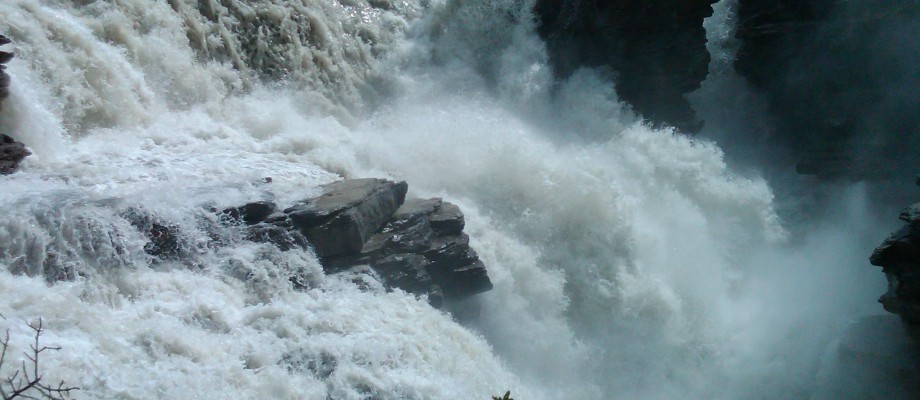From the February 2003 issue of The Christian Science Journal
For the community of Corvallis, Oregon, there are some bridges that were years in the building. Bridges between members of the same religious community. Bridges between one religious community and another. And bridges between religious communities and the community at large. The longing to build was there—as was the impetus—but one question remained: How?
For Marsha Pecaut Moersch, of First Church of Christ, Scientist, Corvallis, Oregon, it began with the groundwork that had been laid over a decade ago—with her church’s distribution of inserts from The Christian Science Monitor that covered the subject of Christian healing. The series explored the way in which the practice of healing was being revitalized in religious communities like the Presbyterian Church, and it was sent to all the churches in the area. Though the response to the distribution was minimal—only two churches wrote to express their appreciation—Marsha still looks back to this effort as the beginning of something bigger: an expanding concept of Church that has come to embrace the entire community.
“Over the years, I’ve prayed daily for myself, my church, my community, and my world,” Marsha related. “With my prayers every day, I just say, ‘Father, I’m here to serve you in the way you want me to serve.’ This desire—to keep healing at the center of my daily life—has enabled me to balance human steps with prayer, to let God’s will rather than human willfulness guide my activity.”
Elaborating further, Marsha explained how her desire to let her life be impelled by Love has expanded her concept of Church. “I’ve come to see that we can’t keep what we have to offer hidden away,” she said. “I pray that we pray enough and that we live love enough. Church has to live. That’s where the distribution of those Monitor inserts came in and why we’ve experienced a growing desire to be more involved with our community.”
When an opportunity to sponsor a lecture came a few months ago, the lecture committee of First Church of Christ, Scientist, Corvallis, was primed to respond to the needs of the city. Marsha is the lecture committee chairman, and she and the committee built on an idea used by a Church of Christ, Scientist, in a neighboring community, Marsha suggested the idea of an interfaith conference that would run in tandem with a Christian Science lecture.
“The Eugene, Oregon, church did an interfaith panel and then became part of a larger interfaith group that comes together monthly to share their thoughts about God. I liked the personal nature of the monthly meetings,” Marsha explained. “Each person shared what God meant to them with regard to a particular subject. It made their faith come alive. And so we adopted this concept in the sense that we used a similar structure for our Interfaith Conference.”
Once the focus of the conference—Forgiveness and Healing—was decided, committee members set out to find participants. “One thing that was special about the planning of this conference was that we prayed through every step,” Marsha said. “We started from the basis that this was God’s idea—not ours—and that meant it was already complete. Our job was to listen for God’s direction. So the search and prayer weren’t to find people, per se, but rather to know who was the right choice based on what God had already outlined, not on personal opinions.”
Participants included a Catholic priest, a Presbyterian minister, representatives from the Jewish, Muslim, and Bahá’í faiths, a Self-Realization Fellowship representative, and a Christian Science practitioner. They were invited to share their thoughts on forgiveness and healing in individual presentations. The beauty of this arrangement, Marsha said, was that it allowed each participant to present his or her religion as a living faith. “Speakers were asked to tell, in personal ways—meaning in story, testimony, song, or prayer—how they understood or practiced forgiveness and healing, according to their religious beliefs. As it turned out, their contributions ranged from humorous to heartwarming, but always inspirational. Each one added something unique.”
Partnering with Oregon State University’s Christian Science Organization, committee members found all the details of the conference—from venue to logistics—coming together readily. Even more rewarding was the feeling that as the details fell into place, small shifts were already occurring in the way the city’s various religious communities were relating to one another.
“One of the individuals in the Jewish community was hesitant for her community to participate,” Marsha said. “As we talked prior to the conference, it came out that she was afraid that if anyone spoke at this conference, they would be ostracized. Apparently, Jewish students on the OSU campus had been targeted for verbal abuse and criticism, specifically by Christians. I said to her, “This is exactly the reason we’re doing this conference. You have the opportunity to enlarge people’s understanding of your faith and to build bridges within the community.’ Because the Jewish representative couldn’t participate at the last second, it was this individual who ended up beautifully representing the Jewish Community.”
As it turned out, bridge-building was only the beginning. As the 200-some conference participants and attendees came together in a spirit of respect and understanding, bridge-building gave way to a revisioning of the whole lay of the land.
“What we were seeing,” Marsha explained, “was the universal concept of Church that Mary Baker Eddy understood and developed in her writings.” For Marsha, this spiritual conception of Church was palpable in the unity and brotherhood that grew out of the conference and out of the activities that have followed it.
“I love how Mrs. Eddy calls Church, ‘the structure of Truth and Love,'”1 Marsha added. “The work our church put into this event made this concept very real to me. It was Love that structured our response to the community’s need and Love that impels the ongoing work.”
In fact, an elevated concept of Church—and what it can do—did more than just lend structure to interfaith efforts in the city of Corvallis. It led to a restructuring of community. Rather than simply providing the impetus for building bridges, it became the foundation for something more permanent: healing the divides.
“One Thing That Happened during the conference was that the Bahá’í representative said a chant in Arabic,” Marsha explained. “Now, the Bahá’ís and the Muslims in our community hadn’t communicated openly in more than twenty years. But because the Bahá’í representative said this chant as a gift of love, a transformation took place. The Islamic representative was so touched, and this was very apparent when he spoke to me after the conference. His words about the Muslims’ wanting peace were heartfelt.”
These sentiments of peace, brotherhood/sisterhood, and forgiveness extended past the conference. “Those who participated that day didn’t stop once the conference was over,” Marsha said. “We established a group: the Interfaith Committee of Corvallis. We meet monthly and share ideas, and we plan on sponsoring future interfaith gatherings.”
Open communication among the participating faiths, as well as other denominations’ blossoming interest in the group, is one more testament to the fact that the Interfaith Conference on Forgiveness and Healing was only the beginning for the community of Corvallis. “There was healing everywhere, and a new understanding everywhere that was quite wonderful,” Marsha said, detailing the lasting effects of the gathering. “To me, that really shows what Church has the capacity to do.”
Now there are diversities of gifts, but the same Spirit.
And there are differences of administrations, but the same Lord.
And there are diversities of operations,
but it is the same God which worketh all in all.
1 Corinthians 12:4–6
1 Science and Health, p. 583.↑



